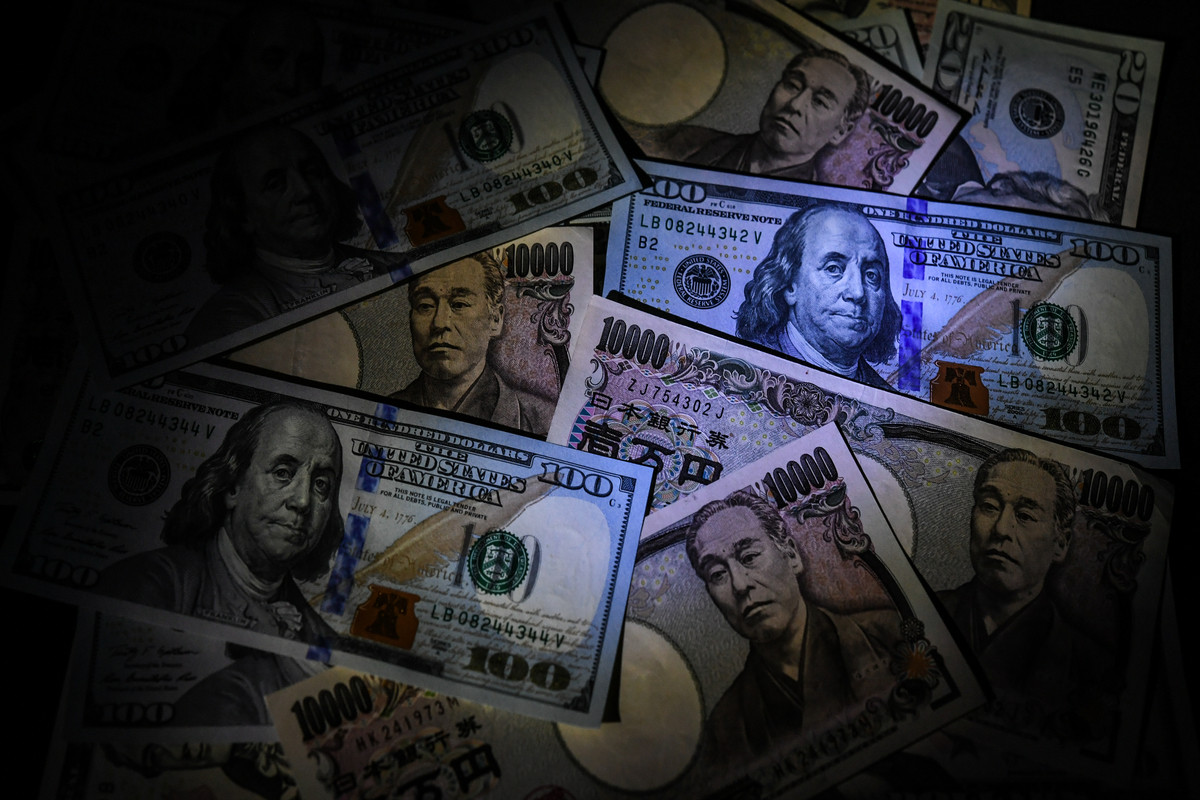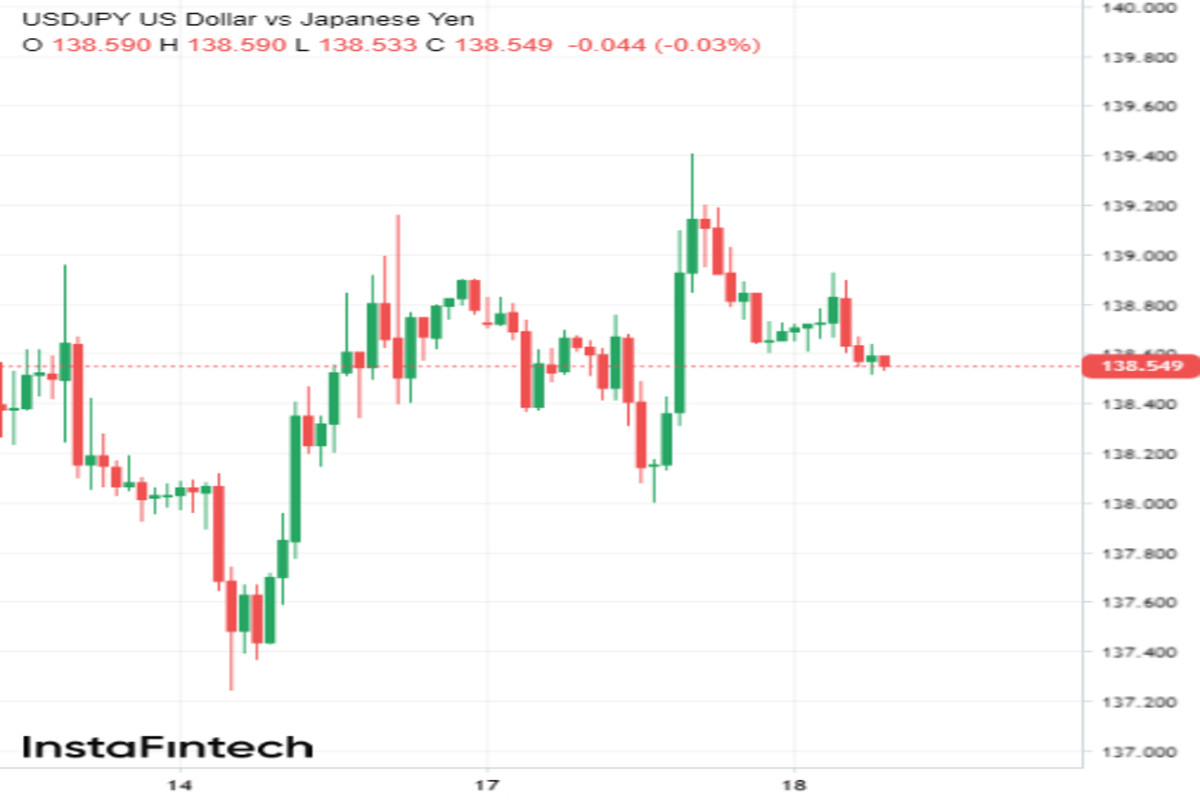
At the start of this week, the dollar/yen pair was struggling to recover from a deep decline that had been going on for several days. However, the pair couldn't form an upward correction. It continues to trade 4% below its 7-month high reached in June and is unlikely to experience a significant rebound in the near term. Let's discover why many experts believe the USD/JPY pair is doomed to decline.
End of monetary divergence
Last year, the USD/JPY pair was the top-performing major currency, but this year it risks being among the major losers in the currency market as the fundamental picture begins to shift in favor of the yen. For a long time, the hawkish policy of the Federal Reserve had been the key driving force for the dollar. Now, there are reasons to believe that the US central bank is nearing the end of its tightening cycle.
Last week, investors received two weak reports on US inflation, which strengthened expectations that the July interest rate hike will likely be the last one this year.
The deflationary shock, which led to a surge in dovish sentiment regarding the Fed's future policy, sharply changed the balance in the currency market. Against this backdrop, the greenback plummeted across the board, posting the biggest losses against the yen. 
Last week, the pair hit a low of 137.2, sliding down from a recent high of 145, which prompted Japanese authorities to consider currency interventions to support their national currency at the end of 2022.
In recent days, traders' concerns about Tokyo's intervention in the market have become irrelevant. The yen is now supported by hopes of an imminent end to the anti-inflation campaign in the US and speculation about a possible shift by the Bank of Japan (BOJ) toward a hawkish stance.
It is worth noting that the Bank of Japan remains the only major regulator that still maintains an ultra-loose policy and negative interest rates despite rising inflation. Until recently, the regulator considered price increases in the country as a temporary phenomenon and predicted a weakening of inflationary pressures in the current fiscal year.
However, many experts are confident that the unexpectedly strong wage growth in May could force the BOJ to change its view as wage growth is considered a key condition for achieving sustainable inflation in the country. Investors are waiting for the upcoming week when Japanese officials are expected to present an updated inflation forecast for the 2023 fiscal year. According to analysts, they will not be able to ignore the positive wage statistics and are likely to raise their estimates for future price increases.
If this happens, it will significantly strengthen market speculation that the central bank may start unwinding its ultra-loose monetary policy earlier than expected.
In the coming days, the yen could also receive substantial support if the BOJ meets traders' expectations and adjusts its yield curve control mechanism at its July meeting.
In such a scenario, the USD/JPY pair could resume a sharp decline, even despite another round of interest rate hikes expected in the US next week.
With more evidence that the United States may soon end its fight against inflation while Japan, on the contrary, begins to move in a hawkish direction, expectations of an approaching end to monetary divergence will further undermine the USD/JPY pair.
According to analysts at ING, by the end of the year, the dollar is expected to weaken against the yen to the 130 level, while their colleagues at Goldman Sachs see the potential for a decline in USD/JPY to 125 in the second half of the year. The longer-term prospects are also gloomy for the dollar/yen pair. Analysts expect the bearish dynamics of the greenback to continue in 2024 as the US central bank begins to lower interest rates.
"When the Federal Reserve's tightening cycle turns into an easing cycle, it is likely to drag the dollar down significantly. There is a risk that against this backdrop, USD could enter a multi-year downtrend," warned Standard Bank strategist Stephen Barrow.
Short-term outlook for USD/JPY
This week, we can expect a nearly empty economic calendar, which is unlikely to provide a strong driver to the asset.
According to forecasts, the dollar will continue its attempts to stabilize. Today's release of the US retail sales report for June could provide some support.
However, it is not advisable to expect a sharp jump in USD based on data that will have no impact on US monetary policy. The US currency is likely to continue trading within the current range with a slight upward bias.
"Only when the USD/JPY pair breaks above the strong resistance level of 139.50 can we say that it has stabilized. Until then, the pair will remain in the bearish trend with a downward bias," said analysts at UOB.
According to Credit Suisse strategists, sellers could significantly increase pressure if we see the asset fall below the short-term low of 137.06. At the time of writing, the dollar was trading around 138.2 against the yen. In that case, the next strategic target for bears would be the support level around 136.15.
Significant volatility in the USD/JPY pair is expected next week after the meetings of the Federal Reserve and the Bank of Japan, assuming both central banks demonstrate their readiness for a monetary reversal.
 English
English 
 Русский
Русский Bahasa Indonesia
Bahasa Indonesia Bahasa Malay
Bahasa Malay ไทย
ไทย Español
Español Deutsch
Deutsch Български
Български Français
Français Tiếng Việt
Tiếng Việt 中文
中文 বাংলা
বাংলা हिन्दी
हिन्दी Čeština
Čeština Українська
Українська Română
Română

